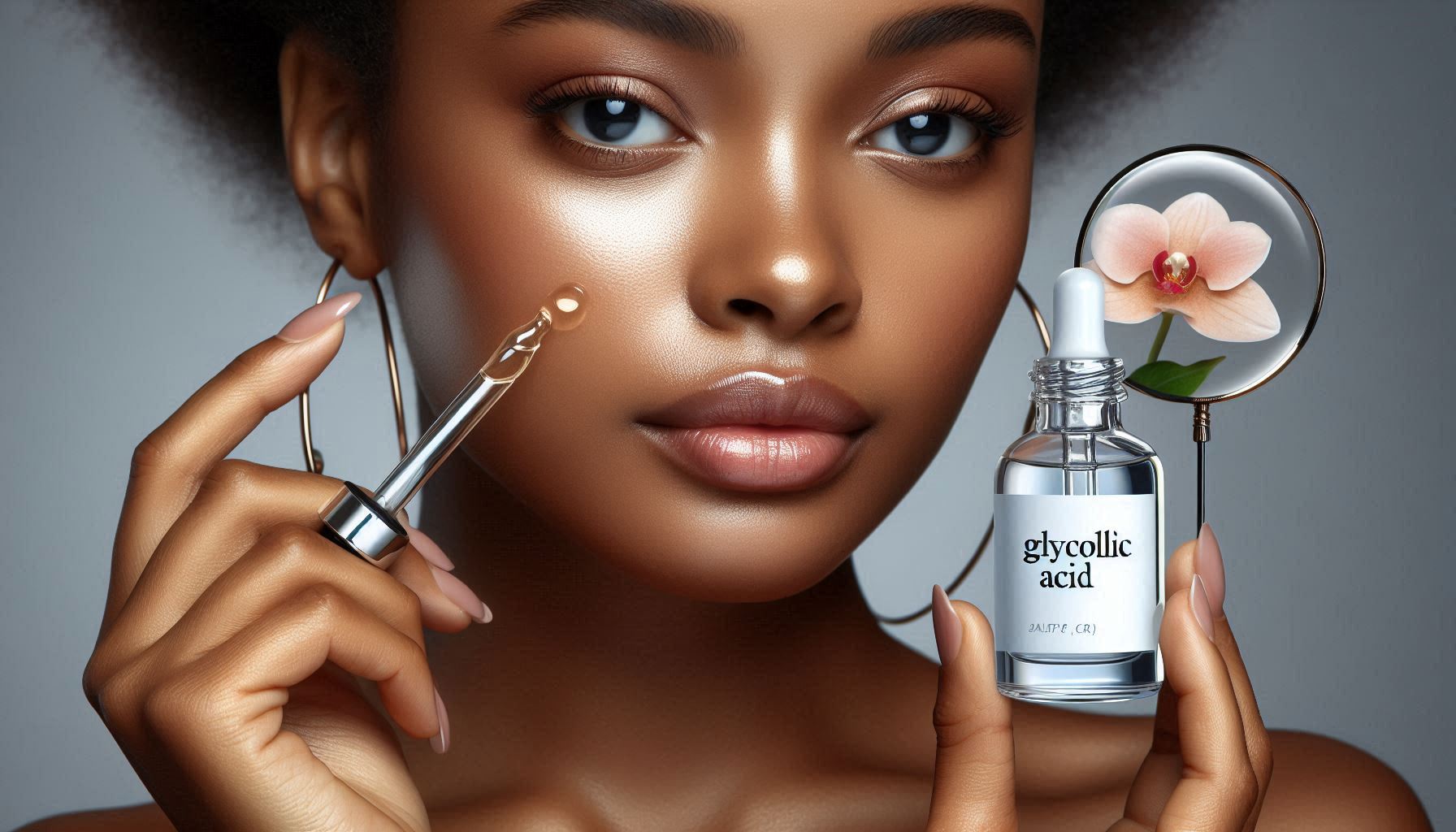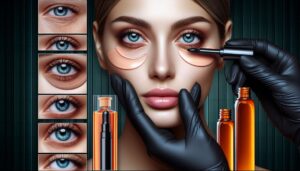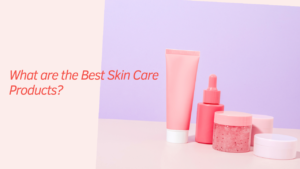What Is Glycolic Acid and How Does It Benefit Your Skin?, For skincare enthusiasts, the name glycolic acid is no stranger it is among the top agent in the cosmetic industry. Standing proud as one among the family of alpha hydroxyl acids, glycolic acid is dubbed the gentle exfoliator, the skin iluminitzer, and the age defying agent. However, what is it with glycolic acid that there are people who advocate its use in the skin care regime? In this post, we will enumerate the benefits of glycolic acid for the skin, its mechanism of action, and the most appropriate regimen in order to revitalise the skin and make it youthful glows achieves.
What Is Glycolic Acid?

What Is Glycolic Acid? Glycolic acid is classified under the alpha hydroxy acids (AHAs) and is extracted from sugar cane. It is appreciated for its small molecular size due to which it can penetrate deeper into the skin making it one of the strongest AHA. Glycolic acid promotes exfoliation by allowing easier removal of dead skin cells by softening the connections that hold the dead skin cells on the surface of one’s skin. This dynamo ingredient can be found in cleansers, toners, serums, chemical peels and many other formulations for its effectiveness and multiple uses on different skin types and concerns.
The Top Benefits of Glycolic Acid for the Skin
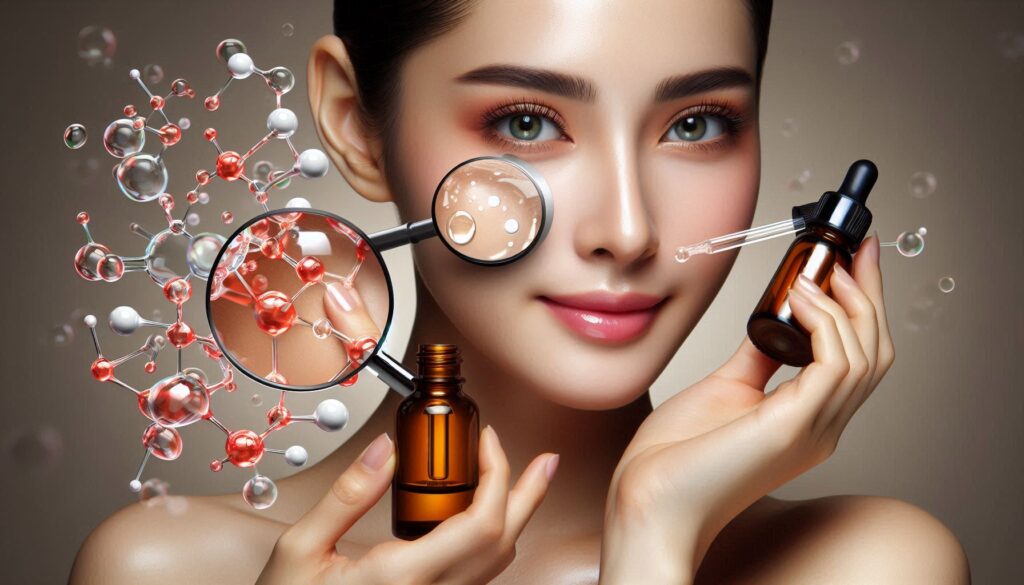
Removes The Dying Skin.
Exfoliation of the skin is one of the major advantages of using glycolic acid. The way glycolic acid does this is through dissolving the adhesive links that hold dead skin cells, making it easier to shed. This even shave helps the sin texture as well as reduces the chances of the skin looking as if it is pale. Why it’s important: Exfoliation helps one to maintain the health of skin. With the help of such acids as glycolic acid, the older and dull skin that covers the outermost layer turns into younger and fresher skin. This enhances the appearance of the skin.Who benefits most: Those suffering due to the rough, bumpy skin texture, or any other person wanting to fix how…
Evens out the Skin Tone
Dull looking skin is no match for the likes of glycolic acid. In shedding off dead skin layers, glycolic acid encourages the growth of new skin layers thereby revealing much younger and healthier looking skin beneath the surface. Consistent application of glycolic acid leads to noticeable improvements in skin texture.
Why it’s relevant: Dull looking complexion is caused by the presence of too many dead skin layers. In addition to removing the dead outer skin layer that most commonly p aces up to, glycolic acid also causes an increase in the rate of deposition of new skin cells on the surface and keeps her skin fresh. Who Benefits the Most: Anyone who has issues with dullness, hyperpigmentation, and uneven skin tone.
Fine Lines And Wrinkles Are Reduced
Glycolic acid is more than an exfoliant—it’s also an effective anti-aging component. Over time, glycolic acid helps to reduce the fine lines and wrinkles by increasing the production of collagen and elasticity of the skin.
Why it’s relevant: Collagen is the protein that provides anchoring and pliability of your skin. With time, one’s capacity to produce collagen lowers and this brings fine lines and skin laxity. Glycolic acid helps in encouraging the production of collagen making it highly useful in anti-aging treatments. Who Benefits the Most: People who want to diminish early signs of aging, such as fine lines and crow’s feet.
Reduces Excessive Skin Discoloration and Dark Skin Patches
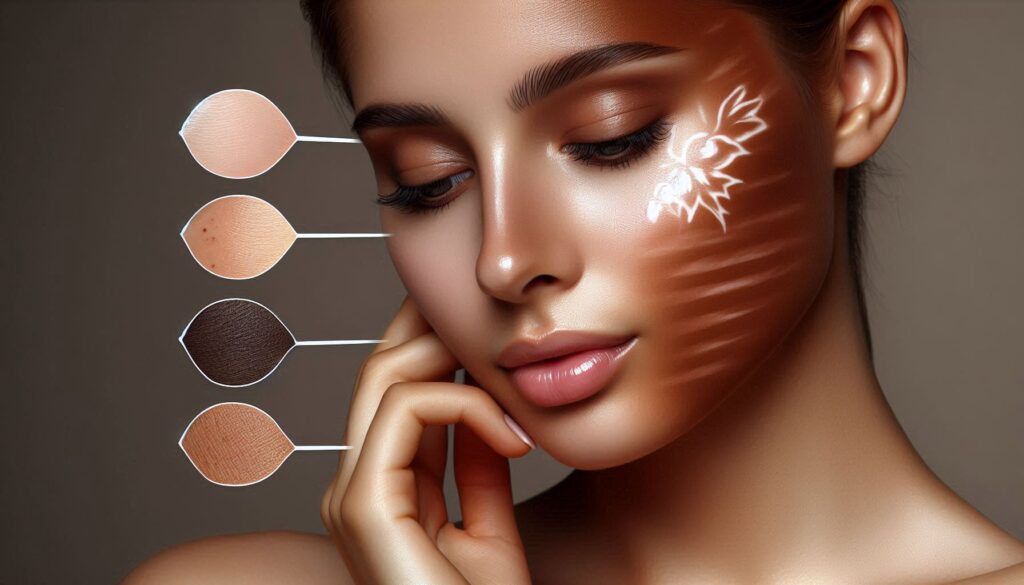
In the case of discoloration, dark blotches or spots or skin affected by the harsh rays of the sun, you can use glycolic acid. Glycolic acid helps get rid of excessive skin pigmentation by loosening up and exfoliating the uglier, browned, pigmented skin cells. Why it’s relevant: Excessive dark spots can arise as a result of skin conditions such as acne, sun exposure or hormonal activities. As dark spots take the form of blemishes, glycolic acid encourages clearer and more even looking skin by speeding up cell ageing thereby removing blemished skin layers.
Who Benefits the Most: Individuals with dark patches, post acne pigmentation or melasma.
Evens out the Skin Tone
Dull looking skin is no match for the likes of glycolic acid. In shedding off dead skin layers, glycolic acid encourages the growth of new skin layers thereby revealing much younger and healthier looking skin beneath the surface. Consistent application of glycolic acid leads to noticeable improvements in skin texture. Why it’s relevant: Dull looking complexion is caused by the presence of too many dead skin layers. In addition to removing the dead outer skin layer that most commonly p aces up to, glycolic acid also causes an increase in the rate of deposition of new skin cells on the surface and keeps her skin fresh. Who Benefits the Most: Anyone who has issues with dullness, hyperpigmentation, and uneven skin tone.
Fine Lines And Wrinkles Are Reduced
Glycolic acid is more than an exfoliant—it’s also an effective anti-aging component. Over time, glycolic acid helps to reduce the fine lines and wrinkles by increasing the production of collagen and elasticity of the skin.
Why it’s relevant: Collagen is the protein that provides anchoring and pliability of your skin. With time, one’s capacity to produce collagen lowers and this brings fine lines and skin laxity. Glycolic acid helps in encouraging the production of collagen making it highly useful in anti-aging treatments. Who Benefits the Most: People who want to diminish early signs of aging, such as fine lines and crow’s feet.
Reduces Excessive Skin Discoloration and Dark Skin Patches
In the case of discoloration, dark blotches or spots or skin affected by the harsh rays of the sun, you can use glycolic acid. Glycolic acid helps get rid of excessive skin pigmentation by loosening up and exfoliating the uglier, browned, pigmented skin cells. Why it’s relevant: Excessive dark spots can arise as a result of skin conditions such as acne, sun exposure or hormonal activities. As dark spots take the form of blemishes, glycolic acid encourages clearer and more even looking skin by speeding up cell ageing thereby removing blemished skin layers. Who Benefits the Most: Individuals with dark patches, post acne pigmentation or melasma.
How to Use Glycolic Acid in Your Skincare Routine

Knowing the merits of glycolic acid, you may be asking yourself how it is possible to add it to one’s skin care regimen. Here are some general guidelines:
When Starting, Take Baby Steps
Glycolic acid is strong so it is advisable to proceed with caution to minimize chances of irritation. For instance start using products containing glycolic acid once every other week stretching it to even 3 times if your skin becomes tolerant.
The Use Of Sunscreen Is Important
Most of the time, sunscreen (preferable at least SPF 30), should be used as a precaution measure against sun rays as the use of glycolic acid increases the sensitivity of the skin to these rays thanks to the peeling off of the superficial layer of the skin.
Using The Correct Glycolic Acid Formula Is Critical
There are many different types of glycolic acid for skin care including but not limited to: gels, cleansers, toners, peels, and serums. If you are new to this, begin with a more diluted toner or light serum. After that level of use has been achieved, the next step may be an aggressive type of chemical peel.
Don’t Overindulge
As much as glycolic acid has great benefits for the skin, it can be quite harsh if used excessively. Follow the guidelines on how often to use and then modify to your skin’s tolerance.
Who Should Avoid Glycolic Acid?
Glycolic acid, while being compatible with most skin types, may have a few exceptions:
Sensitive Skin: Glycolic acid can irritate the skin if it is extremely sensitive skin or reactive skin. You might want to consider other less-harsh AHAs like lactic acid.
Severe Acne or Rosacea: In active mellow grit, in cases of rosacea and highly congested inflamed skin, a health care professional should be sought before applying glycolic acid.
Conclusion: The Power of Glycolic Acid for Your Skin
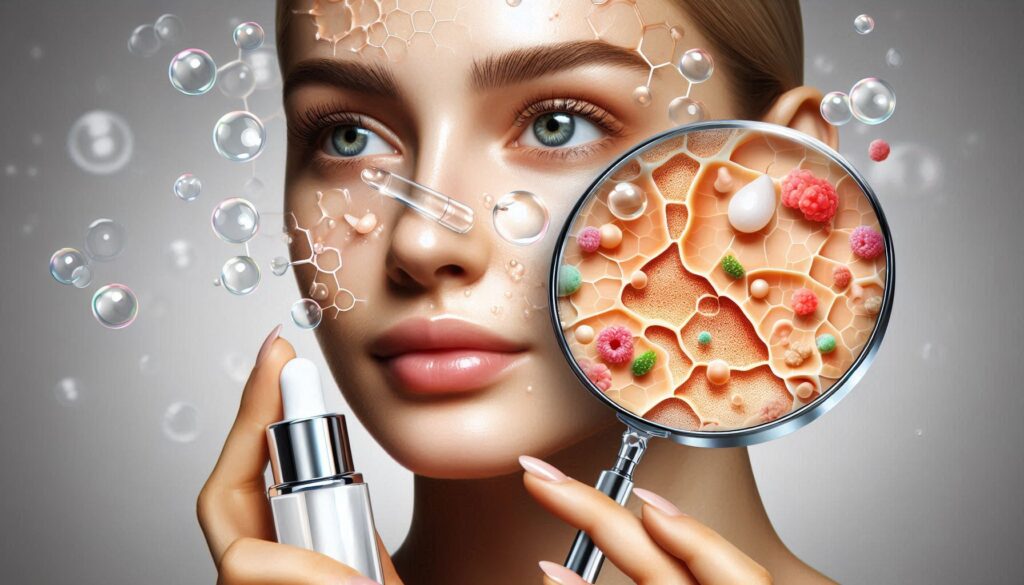
Whether it is the purpose of lightening dark patches on the skin, getting rid of fine wrinkles, or improving the surface of the skin, glycolic acid has myriad advantages for your skin. This powerful skin care ingredient is a strong exfoliant and helps to get rid of dead skin improving skin translucence while increasing the uptake of other skin care products. This helps in turning the skin brighter, softer and younger in a simplified manner.
Do remember on the other hand not to rush the process, make daily use of sunscreen, and be keen to note the changes in your skin. Use it consistently and the amazing properties of glycolic acid on your skin will be evident.Next blog post.
